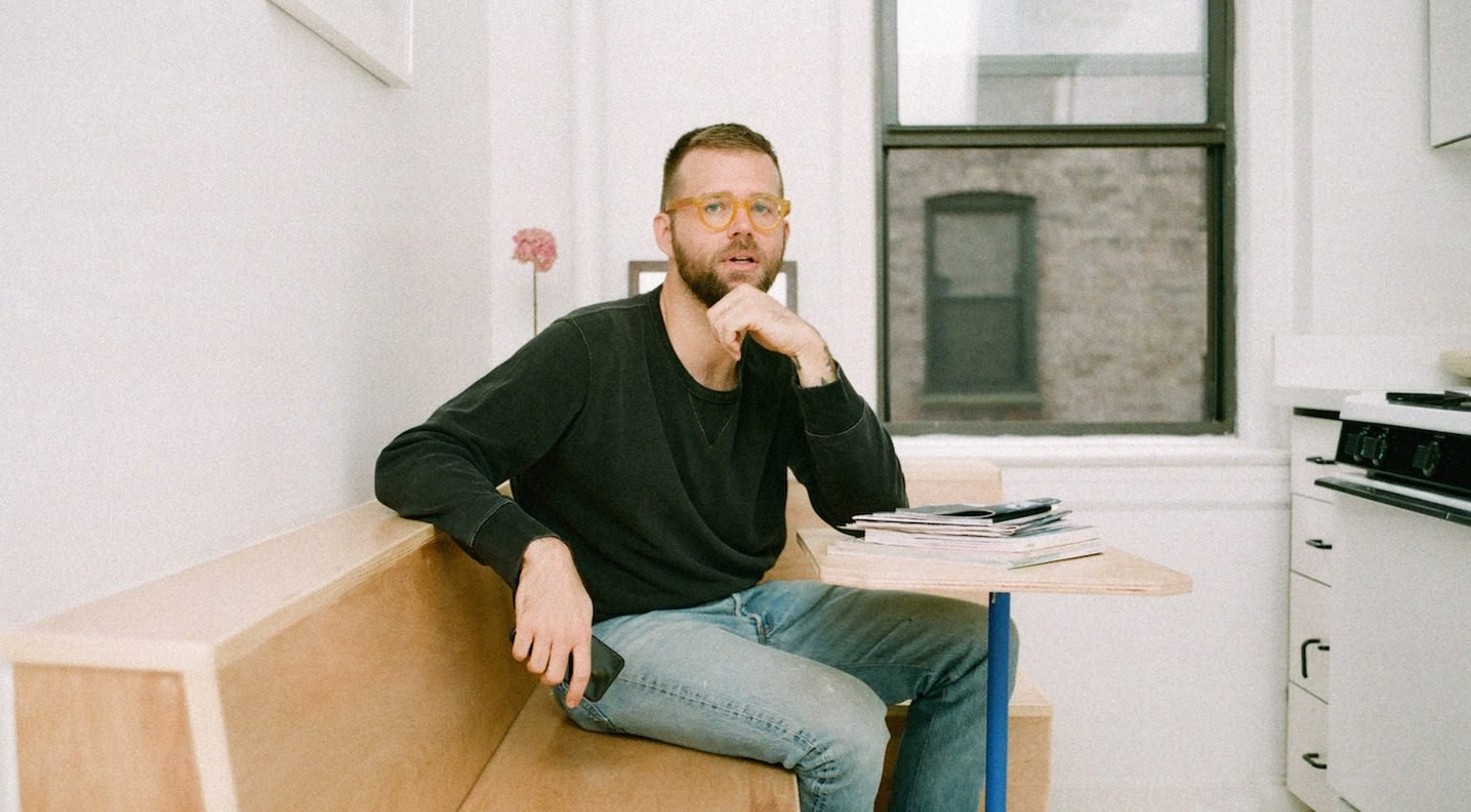This past weekend, I attended my first Sneaker Week PDX, an annual event here in Portland. The mission is to connect the city’s sneaker community with its sneaker industry.
Backstage at SneakerWeek.
I listened in on multiple panel discussions and scribbled everything down in my notebook. The conversation that stood out to me the most took place on Sunday, focused on women in design. This panel featured women from different facets of the Nike footwear design team.
Women of Nike!
As a color designer at Nike, there were many insights shared that I personally found valuable. Looking at my notes, I realized that I had gathered some solid advice, relevant to anyone working in a creative industry. I wish someone had shared these insights with me when I first started in design.
Here’s a selection of gems from the women of Nike footwear (edited for clarity).
Have multiple channels of creativity outside of work; it takes the pressure off. — Francesca Capone, Sustainable Product Design
Your career will get progressively more challenging as you grow, so never be afraid to ask for help. — Louisa Page, Footwear Design for Jordan
Lean into the genius of the people around you. — Marie Crow, Design Innovation
Don't fixate on job titles; think more about the experiences you want to have. — Nereida Pedroza, Color Design for Jordan
Don't feel that you have to fit into a specific box to get the job you want. Play up your own strengths, rather than what you think others want to see. — Sophia Weston, Color Design for Women’s Classics Footwear
Chase the things that make you happiest. — Jessica Washick, Color Design, for Women’s Lifestyle Footwear
You have to feed your own fire. If you believe you can do anything, speak to and about yourself in a way that reflects that. — Lauren Thomas, 3D Footwear Design for Jordan
And one additional word from Lauren — this one blew me away. I'm going to be thinking about it for a long time:
“Only learn enough to be dangerous, then get to making and doing”
— Lauren Thomas, 3D Footwear Design for Jordan







